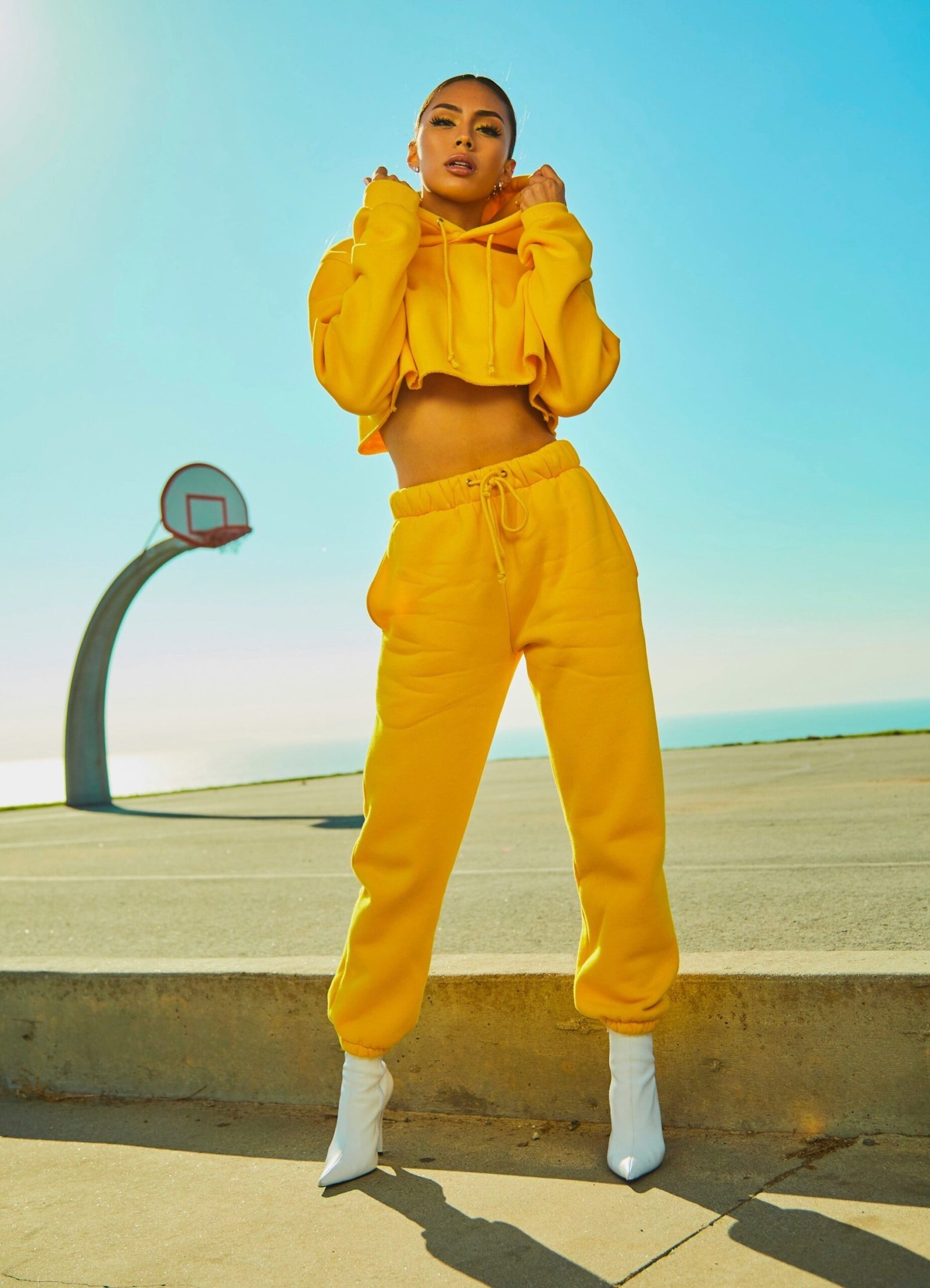The Evolution of Fashion
Starting from the dawn of civilization, fashion has been an integral part of human existence. In ancient times, clothing served not only as a means of protection from the elements but also as a symbol of social status and power.
Ancient Civilizations
The Egyptians adorned themselves with elaborate garments made from fine linen and decorated with intricate patterns and jewelry. Their clothing not only reflected their wealth but also their religious beliefs.
The Greeks embraced simplicity and elegance, favoring flowing garments made from lightweight fabrics such as silk and linen. The Romans, on the other hand, were known for their love of luxury and excess.
The Middle Ages
With the fall of the Roman Empire, the world entered the Dark Ages, and fashion took a backseat as survival became the primary concern. However, as societies began to rebuild and flourish, fashion once again emerged as a form of self-expression.
The Middle Ages saw the rise of feudalism, and clothing became a way to distinguish between social classes. The nobility wore opulent garments made from expensive fabrics such as velvet and silk, while the commoners made do with simple, homespun clothing.
The Renaissance
As we enter the Renaissance period, fashion takes a dramatic turn. The focus shifts from the collective to the individual, and clothing becomes a means of showcasing one’s wealth, taste, and creativity.
The wealthy elite of Europe spared no expense in commissioning elaborate garments, often adorned with intricate embroidery, lace, and jewels. The Renaissance also marked the beginning of fashion as an industry.
The Industrial Revolution
The Industrial Revolution of the 18th and 19th centuries brought about a seismic shift in the fashion industry. With the advent of mass production, clothing became more accessible to the masses.
The rise of department stores and fashion magazines further fueled the desire for the latest trends. Fashion became a way for individuals to express their identity and aspirations.
The 20th Century
In the 20th century, fashion continued to evolve at a rapid pace. The early years were marked by the glamorous and decadent styles of the Roaring Twenties, followed by the sleek and sophisticated designs of the Art Deco era.
The post-war years saw a resurgence of creativity and innovation. The 1950s brought about the golden age of couture, with designers such as Christian Dior and Coco Chanel revolutionizing the industry.
The Modern Era
Today, fashion has become a global phenomenon, with designers from all corners of the world showcasing their creations on the runways of Paris, Milan, New York, and beyond.
The digital age has also transformed the way we consume and interact with fashion, with online shopping and social media playing a pivotal role in shaping trends and influencing consumer behavior.
The Future of Fashion
Looking ahead, the future of fashion holds even more exciting possibilities. One trend that is expected to continue growing is the integration of technology into clothing.
Another area of focus in the future of fashion is customization. With advancements in 3D printing and digital design, consumers will have the ability to create personalized clothing that perfectly fits their individual style and body shape.
Sustainability will continue to be a driving force in the fashion industry, and inclusivity will play an even bigger role. The industry is gradually moving towards a more diverse representation of beauty, with models of all ages, sizes, and abilities being celebrated.
Lastly, the role of social media and technology will continue to shape the fashion landscape. With the rise of virtual reality and augmented reality, consumers will have immersive shopping experiences, while influencer marketing will continue to drive trends and shape consumer behavior.
In conclusion, the future of fashion is bright and promising. As we move forward, fashion will become more personalized, sustainable, and diverse, reflecting the values and aspirations of the modern world.
